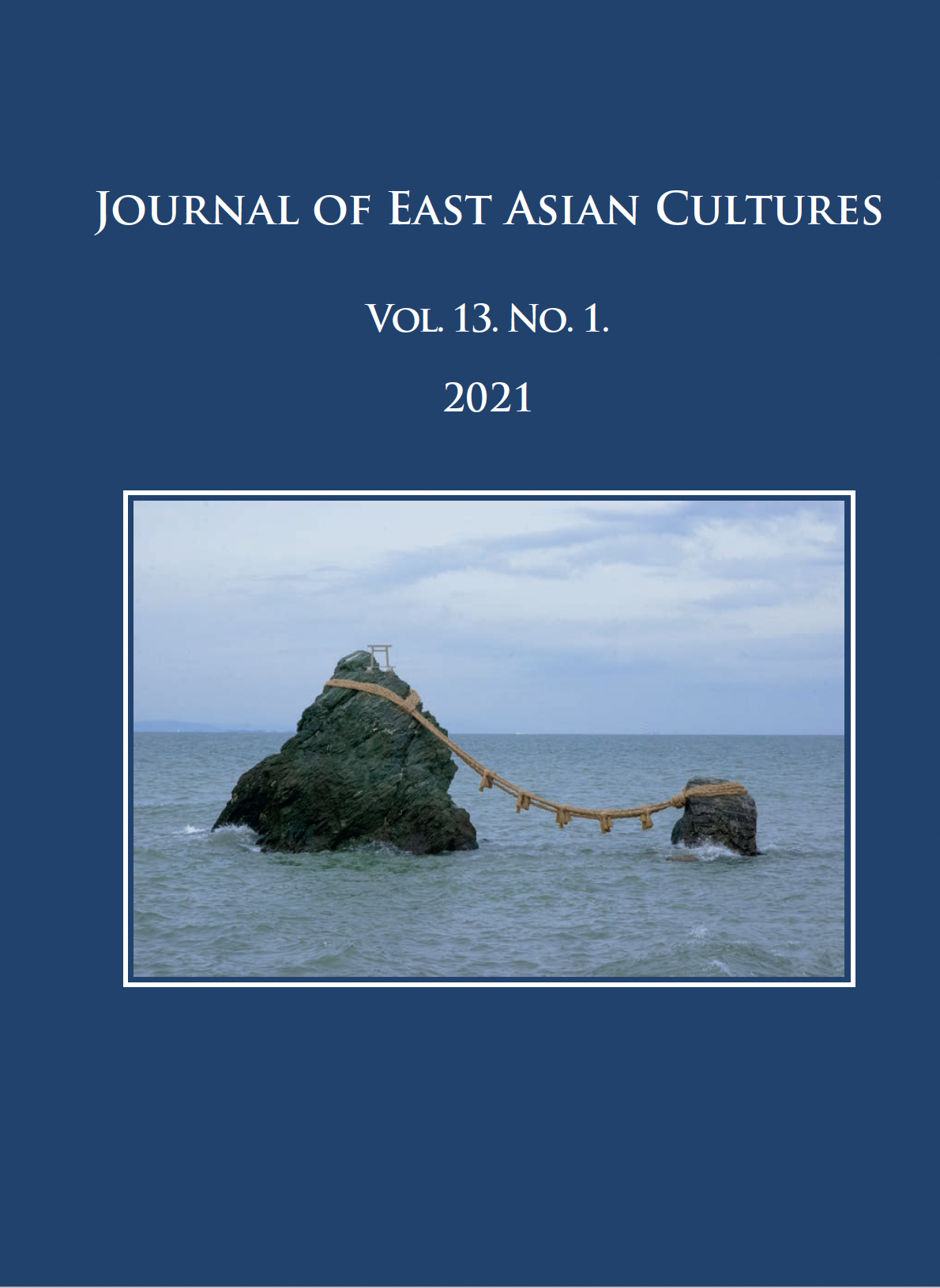Published 2021-12-15
Keywords
- Khon clan,
- Sakyapa,
- Sakya Pandita,
- Phagpa,
- vajra-holder (tridzin)
- Kubilai khan ...More
How to Cite
Copyright (c) 2021 the author(s)

This work is licensed under a Creative Commons Attribution-NonCommercial 4.0 International License.
Abstract
Khon Konchog Gyalpo, the main disciple of Drogmi, founded a monastery at Sakya. It was this monastery that gave its name to the whole monastic order of Drogmi. Konchog was a member of the Khon clan, the family that went on to produce the successive abbots or chief lamas of Sakya who have continued as the heads of this order ever since. The succession of abbots within the family was established on the father-to-son or uncle-to-nephew pattern. In the instance of an abbot remaining celibate, it was his brother or a close relative who continued the family line and oversaw the monastery’s worldly affairs; when the abbot died, he was succeeded by one of his nephews. The Sakyas reached the summit of political power when Sakya Pandita and Phagpa won the confidence and favour of Mongolian khans. The Sakyas were appointed as regents of Tibet, whereby Tibet became subject to a single political authority for the first time after the collapse of the monarchy. The aim of this paper is to show the development of the Khon clan, how a minor aristocratic family was transformed into a significant power in Tibet in both historical and religious aspects, through the efforts of some prominent members of Khon family.
References
- “Drogmi Buddhist Institute” – about the Sakya tradition. n.d. https://www.drogmi.org/about-sakya.html (accessed: 11.04.2020).
- “Sakya Heritage Society” – Sakya Tibetan Buddhist heritage. n.d. http://www.sakyaheritage.org/DharmaLineage (accessed: 11.04.2020).
- “The Sakya Tradition.” n.d. Khacho Yulo Ling Buddhist Centre. https://www.yuloling.com/buddhism/buddhism/sakya-tradition.html (accessed: 11.04.2020).
- “The Treasury of Lives” – a biographical encyclopedia of Tibet, Inner Asia, and the Himalayan region. 2007. https://treasuryoflives.org (accessed: 11.04.2020).
- Chödung Karmo Translation Group 2016. A Brief Introduction to Buddhism and the Sakya Tradition. Nepal: International Buddhist Academy Tinchuli–Boudha.
- Chogye Trichen Rinpoche 2003. Parting from the Four Attachments: A Commentary on Jetsun Drakpa Gyaltsen’s Song of Experience on Mind Training and the View. Boston: Snow Lion.
- Clauson, Gerard 1959. “The HP’ags-pa Alphabet.” Bulletin of the School of Oriental and African Studies 22.1/3: 300–323. https://doi.org/10.1017/S0041977X00068725
- Davidson, Ronald M. 2008. Tibetan Renaissance: Tantric Buddhism in the Rebirth of Tibetan Culture. New York: Columbia University Press.
- Dawa Norbu 2001. China’s Tibet Policy. Richmond: Routledge. https://doi.org/10.4324/9780203826959
- Dunnel, Ruth 1992. “The Hsia Origins of the Yüan Institution of Imperial Preceptor.” Asia Major (third series) 5.1: 85–111.
- Fermer, Mathias 2019. Dzongpa Tradition. https://dzongpaliterature.org (accessed: 11.04.2020).
- Gold, Jonathan C. 2019. The Dharma’s Gatekeepers. Sakya Paṇḍita on Buddhist Scholarship in Tibet. Albany: State University of New Yorker Press.
- Grousset, René 1970. The Empire of the Steppes: A History of Central Asia. New Jersey: Rutgers University Press.
- Hardy, Friedhelm 1999. The World’s Religions: The Religions of Asia. Richmond: Routledge.
- Hoffmann, Helmut 1975. Tibet. A Handbook. Bloomington: Indiana University Press.
- Migmar Tseten 2008. Treasures of the Sakya Lineage: Teachings from the Masters. Boston&London: Shambhala.
- Petech, Luciano 1990. Central Tibet and the Mongols. The Yüan - Sa-skya Period of Tibetan History. Rome: Istituto Italiano per il Medio ed Estremo Oriente.
- Sagaster, Klaus 2007. “The History of Buddhism among the Mongols.” In: The Spread of Buddhism. Ann Heirman, Stephan Peter Bumbacher (eds.). Leiden, Boston: Brill, 379–432. https://doi.org/10.1163/ej.9789004158306.i-474.99
- Smith, Gene E. 2001. Among Tibetan Texts. History and Literature of the Himalayan Plateau. Boston: Wisdom Publications.
- Sumegi, Angela 2008. Dreamworlds of Shamanism and Tibetan Buddhism: The Third Place. Albany: State University of New York Press.
- Tsem Rinpoche: Disharmony Within the Sakya? – brief overview of the Sakya tradition. n.d. https://www.tsemrinpoche.com/tsem-tulku-rinpoche/buddhas-dharma/disharmony-within-the-sakya.html (accessed: 11.04.2020).
- Wylie, Turrell V. 1977. “The First Mongol Conquest of Tibet Reinterpreted.” Harvard Journal of Asiatic Studies 37.1: 103–133. https://doi.org/10.2307/2718667

